attractions
Over 200 years of local history come alive in Jackson County
Jackson County is north of the Ohio River in eastern Ohio, an area that was long occupied by various tribes of Native Americans. Evidence of this era in the Ohio Valley is found in the area’s large burial and ceremonial mounds and petroglyphs including the Leo Petroglyph.
Iron ore was discovered in southern Ohio in the mid-19th century. The combination of deposits of ore and vast stands of old-growth forests made the Hanging Rock Iron Region ideally suited for the iron industry. The Jefferson Iron Furnace was constructed in 1854. It met the growing demand for iron in the developing United States of America. The importance of the furnaces in the Hanging Rock region grew tremendously during the American Civil War.
The era of iron production in Jackson County began to wane in the years following the Civil War. Demand for iron outstripped the resources in the Hanging Rock Iron Region. Ore deposits had been cleared and what remained was minimal and difficult to extract. Also, much of the forested land had been cleared to provide charcoal to fire the furnaces. A combination of a lack of ore and charcoal helped bring about the end of the iron era. Remnants of the Jefferson Iron Furnaces are found in Jackson Lake State Park.
Other industries that were in the area included coal mining and salt mining. Over a million tons of coal were mined in 1888. Jackson County was the second leading coal producing county in the state during the coal mining era. Salt mines along Salt Creek were set aside “by Congress for the use of the state to secure the salt.” Indian tribes also used the area and came from great distances to gather salt.
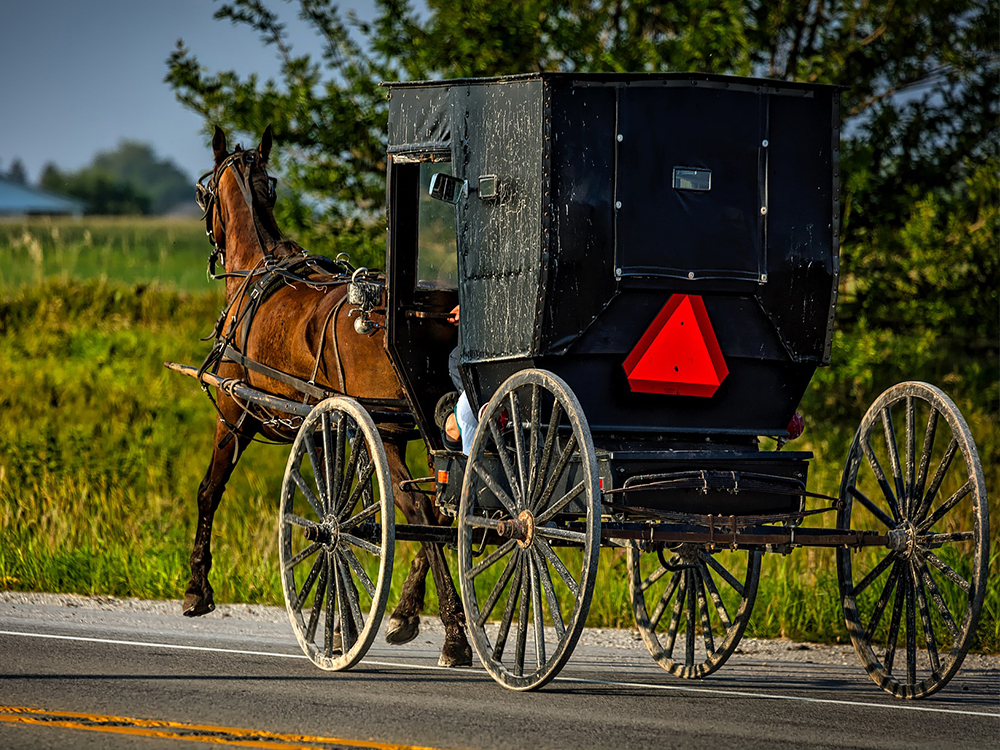
Amish Community
Jackson County is home to a thriving Amish business community. Local tradesmen, artisans, farmers, and bakers provide goods and services to the community and tourists.

Buckeye Furnace State Memorial
Ohio has long been known for it’s Iron cities. Jackson County was a major producer of Iron in the 19th Century. From about 1830 to 1900, the Hanging Rock Iron Region (HRIR) which included Jackson, produced the majority of iron within the United States.
Although there are other furnaces in the area, Buckeye Furnace is the only totally restored site in Ohio. You can take a self-tour of the furnace area, look around the company store or visit the covered bridge on the property. Bring a picnic and enjoy the landscape around you.
123 Buckeye Park Road
Wellston
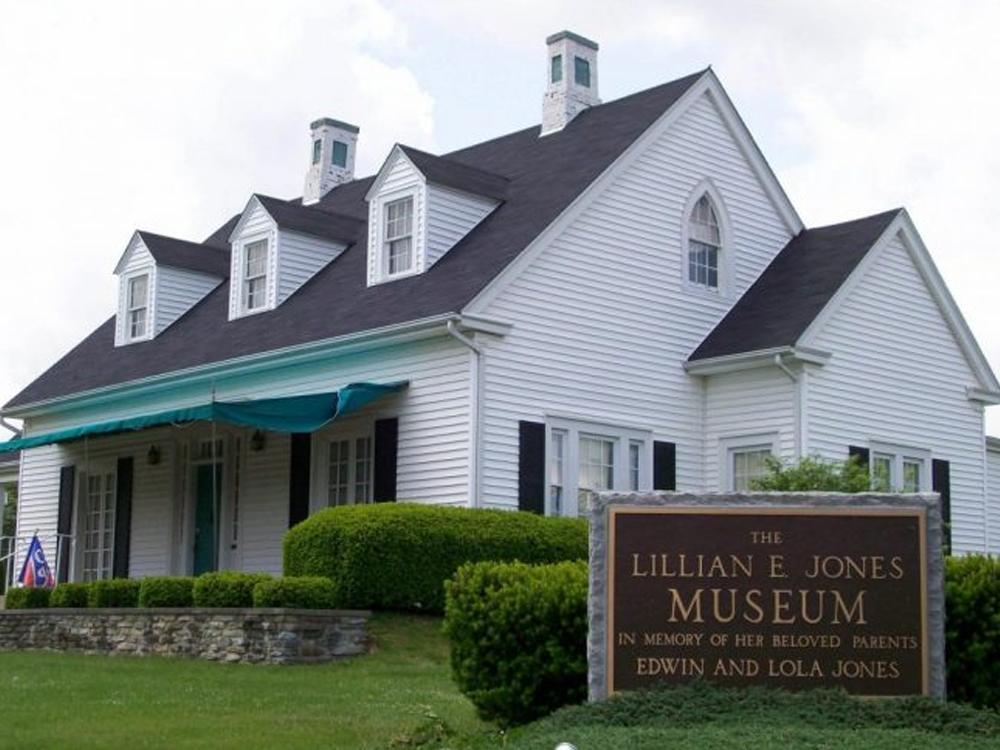
Lillian Jones Museum
The Jones Museum opened in 1995 with the two-fold mission to educate and to preserve the historical artifacts of the Jackson County, Ohio area. The permanent collection includes: remarkable items from the Jones family’s industrial past including Globe Iron, DT&I, Crown Pipe & Foundry and the Cambrian Hotel along with large portraits and photographs of family members; hundreds of bound volumes of all the different Jackson newspapers from the late 1800s to 1992; more than 80 hard copies of the Jackson High School yearbook, the Osky Wow, from 1912-1995 as well as digitized copies of the Osky Wow 1912-2015.
75 Broadway Street
Jackson
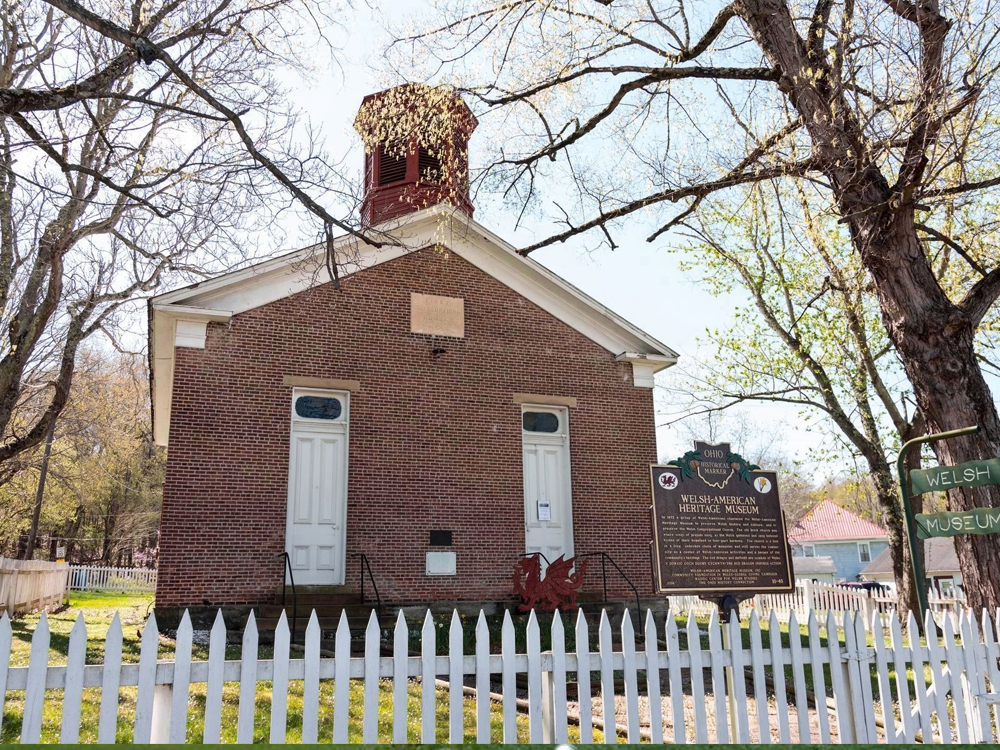
Welsh American Heritage Museum
Housed in the beautiful old Welsh Congregational Church in the village of Oak Hill, Ohio, the Welsh-American Heritage Museum contains many items that came with the early immigrants to the area from Cardiganshire, Wales from 1818 to 1860’s.
412 East Main Street
Oak Hill
Salt Lick Village
The village’s historic structures include the McCoy Cabin, a recreated salt boiling furnace. the historic Scioto Township House and a small blacksmith shop. The McCoy Cabin is an original 1858 Vintage log cabin disassembled at its original location in Jackson County and reassembled in Salt Lick Village.
Leo Petroglyphs & Nature Preserve
Leo Petroglyph is listed on the National Register of Historic Places for its series of petroglyphs, or rock carvings, ancient Indians chiseled into an outcropping of sandstone.
The age of these carvings is unknown. However, based on the symbolism and the amount of weathering of the generally soft sandstone, they probably are less than one thousand years old and so likely are the work of the Late Prehistoric period Fort Ancient culture, or of American Indians living in the region during the period European contact.
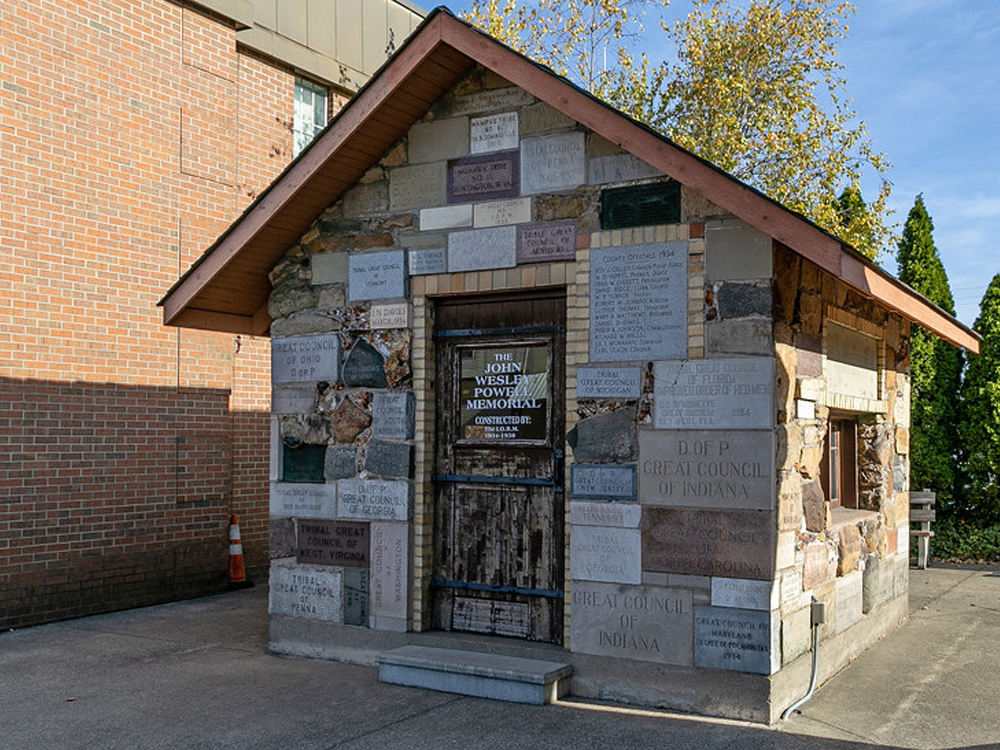
Powell Memorial
The John Wesley Powell Memorial is dedicated to the one-time Jackson resident and geologist. The building contains artifacts pertaining to Powell, who was the first American to navigate the length of the Colorado River and explore the Grand Canyon in 1869. As a child, Powell was tutored by Jackson resident George Crookham, a salt boiler, educator, and abolitionist. Later in life, Powell remembered to credit Crookham as the person that inspired his interest in geology.
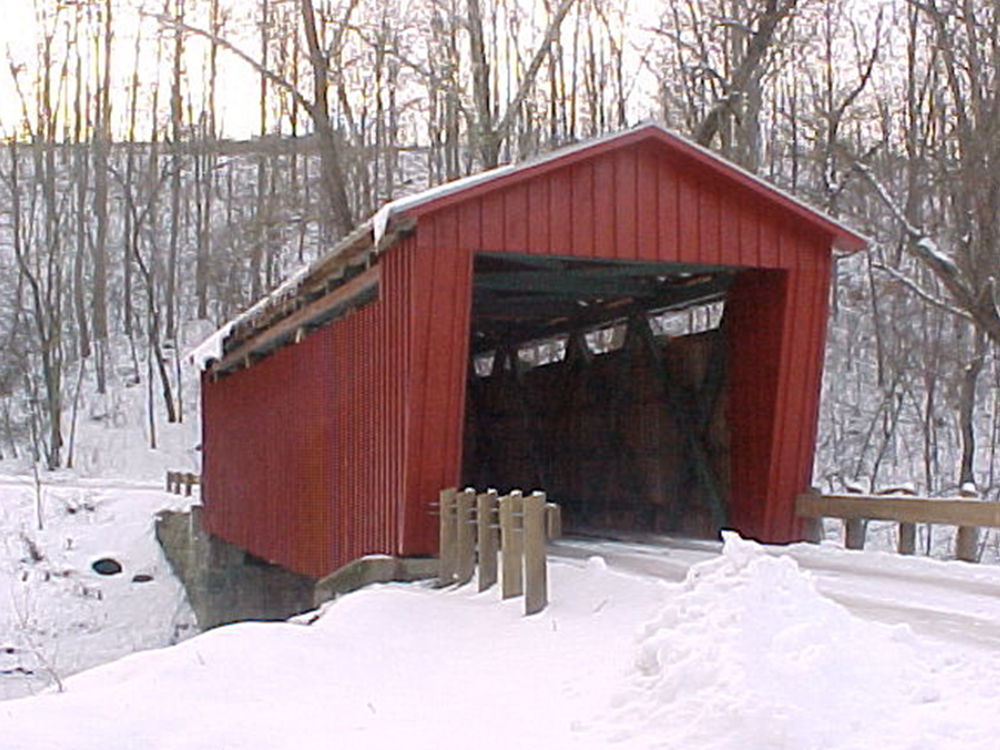
Covered Bridges
Take a drive through scenic Jackson County and you may come across a picturesque, covered bridge. The County Engineer’s Office put together a map to help you find them.
“Jackson County's history takes us from the early indigenous people of southern Ohio, through the Civil War and the iron and salt industries. The region has a rich legacy of hard work that dates back hundreds of years.”
Emily Davis
